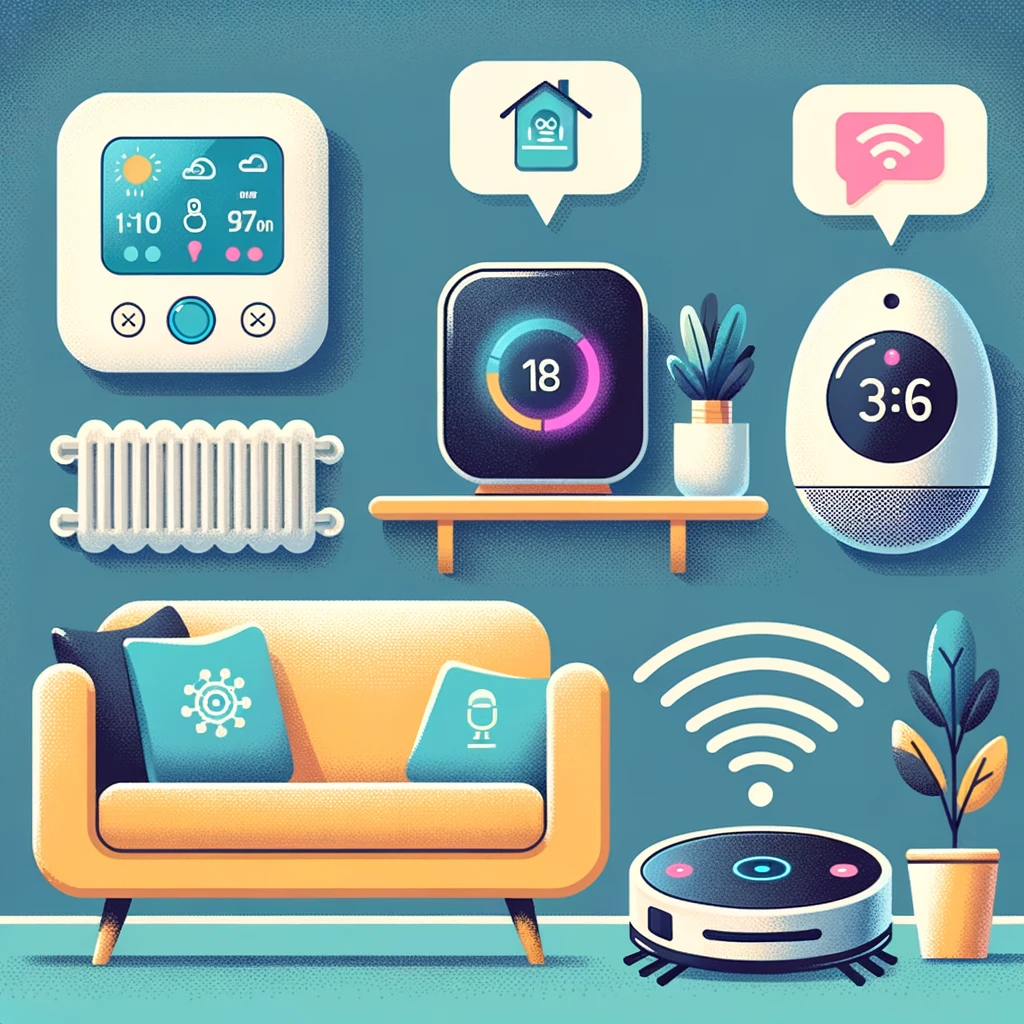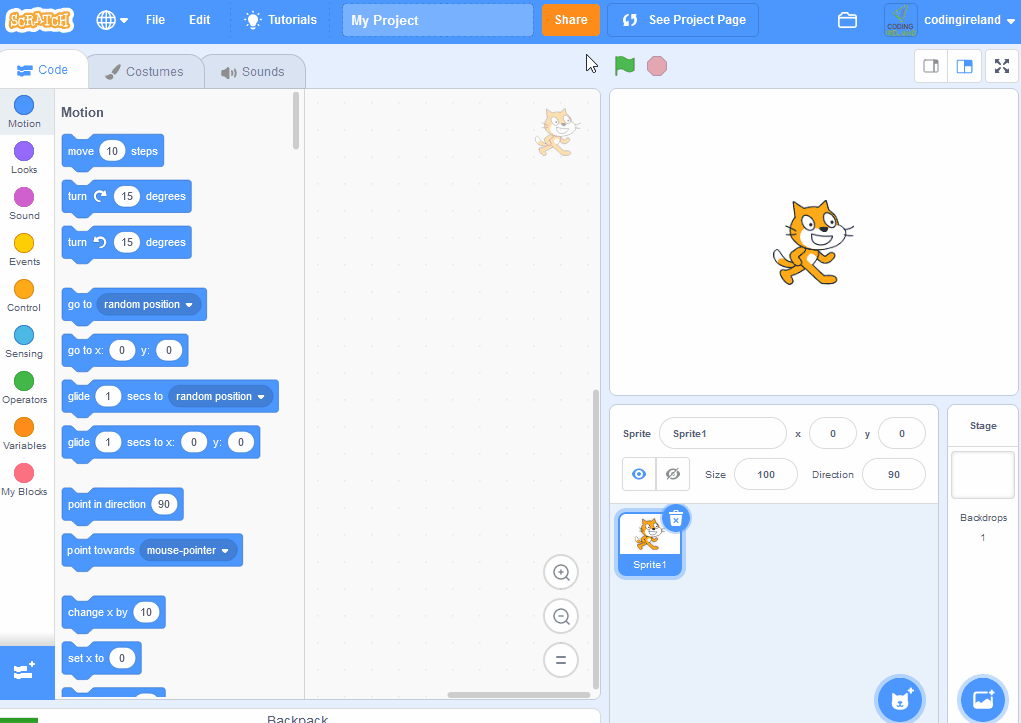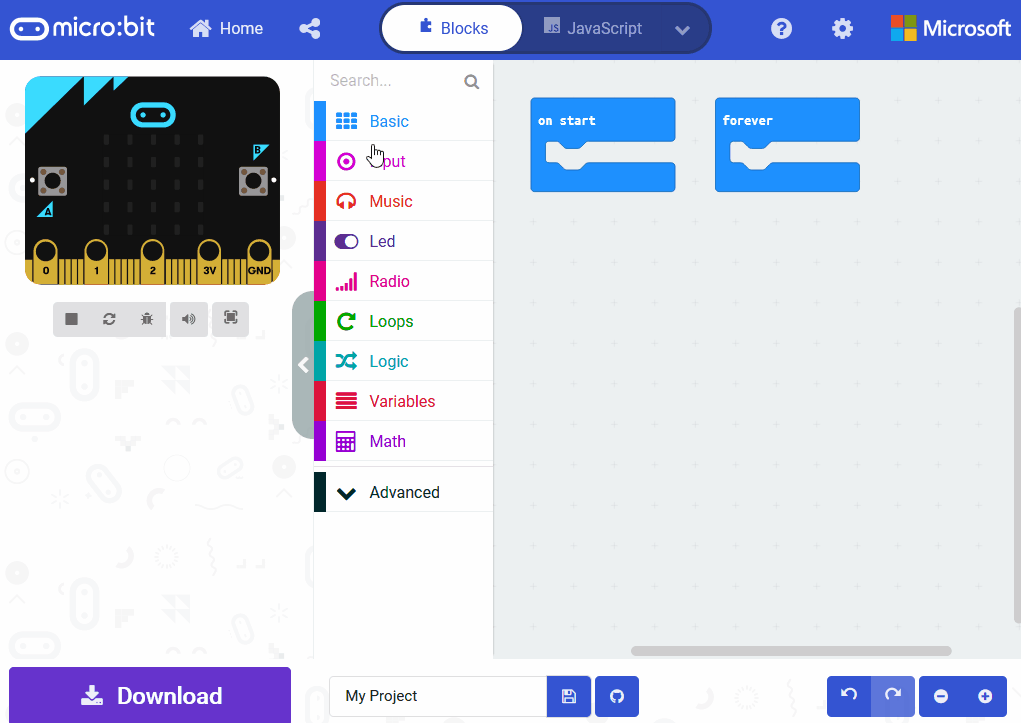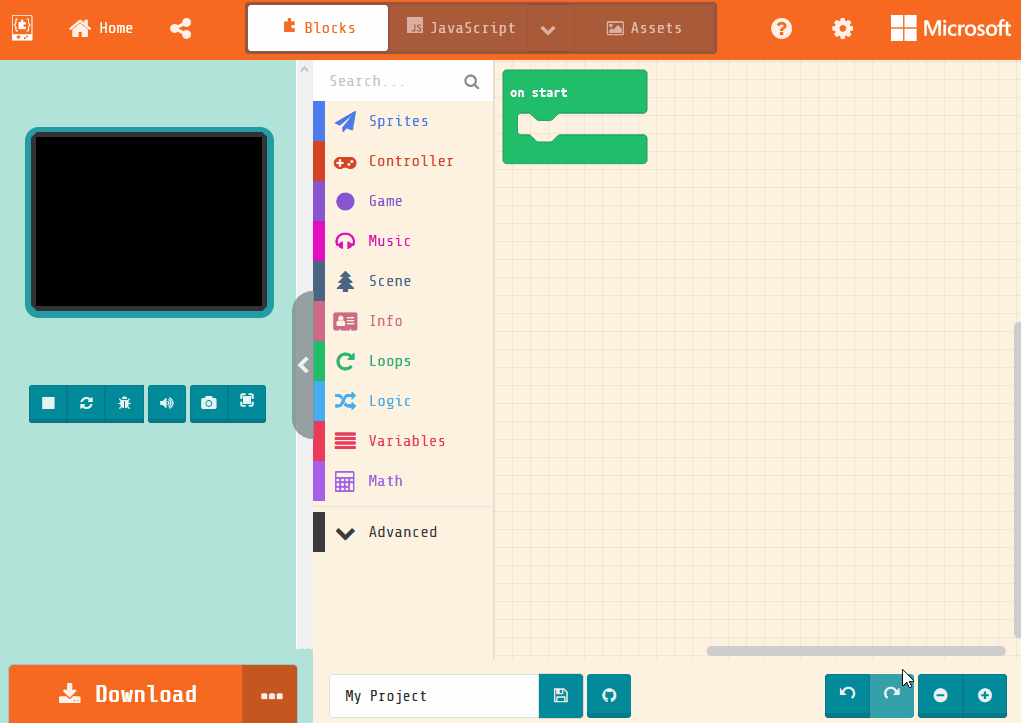1 - Introduction to Coding
Welcome to your first lesson in coding! Today, we're going to learn what coding is and how we use it in our everyday lives. Here's how we'll do it:
- Start by explaining to your students that coding or programming means giving a computer step by step instructions. It's like telling a friend how to make a sandwich - you need to give clear and specific instructions in the right order.
- Show them the video in step 1. This video will give them a fun and engaging introduction to what coding is and what we can make with it.
- After the video, have a discussion about computers in their house. Ask them to name 3 things in their house that have computers in them and that they can give instructions to. This will help them understand that coding is not just for computers, but for any device that can follow instructions.
- Finally, play the game in step 3 with them. This game will help them understand the importance of giving precise and correct instructions.
Remember, the goal of this lesson is to make coding fun and accessible. Encourage your students to ask questions and share their ideas.
Coding or programming means giving a computer step by step instructions. It's like telling a friend how to make a sandwich - you need to give clear and specific instructions in the right order. To help you understand this better, we will watch a video together.
Before we start the video, let's discuss what you think coding is. Can anyone tell me what they think coding means?
Now, let's watch this video which explains what coding is and what we can make with it. As we watch, pay attention to how coding is used in different ways. After the video, we will discuss what we learned.
After watching the video, let's discuss what we learned. Can anyone tell me something new they learned about coding from the video? Can you think of any ways we use coding in our everyday lives?
Let's explore how computers are a part of our everyday lives. Can you think of 3 things in your house that have computers in them and that you can give instructions to? These could be things like a TV, a phone, a microwave, or a games console. Let's discuss this as a class.
For example, when you use a remote control to change the channel on your TV, you're giving the TV instructions. When you tap on the screen of your phone to open an app, you're giving the phone instructions. When you press the buttons on your microwave to heat up your food, you're giving the microwave instructions. And when you use a gamepad to play a game on your games console, you're giving the console instructions.
These are all examples of how we use coding in our everyday lives, even if we don't realise it. Coding is all about giving instructions to a computer, and as you can see, we do this all the time!

4 - Giving instructions
Coding or programming is just giving instructions to a computer, but the instructions need to be precise and in the correct order. Otherwise you will not get the desired result.
Play this game a few times with your students. Either get them to come up to your IWB or get them to tell you want directions to put in.
5 - Wrapping Up and Looking Forward
Congratulate your students on completing their first lesson in coding. Recap the key points from the lesson, such as the definition of coding and its presence in everyday life. Reinforce the idea that coding involves giving precise and correct instructions, much like explaining to a friend how to make a sandwich.
Introduce the next lesson by telling them that they will be using a program called Scratch. Explain that Scratch is a platform where they can create their own interactive stories, games, and animations. Encourage them to bring their creativity to the next lesson.
Open the floor for any questions. Remind them that all questions are welcome and that learning is a collective process. Answer any questions to the best of your ability.
This lesson is copyright of Coding Ireland 2017 - 2025. Unauthorised use, copying or distribution is not allowed.



